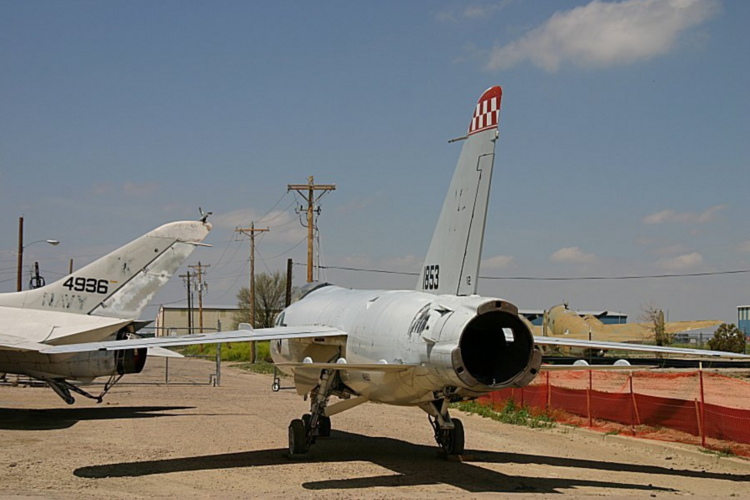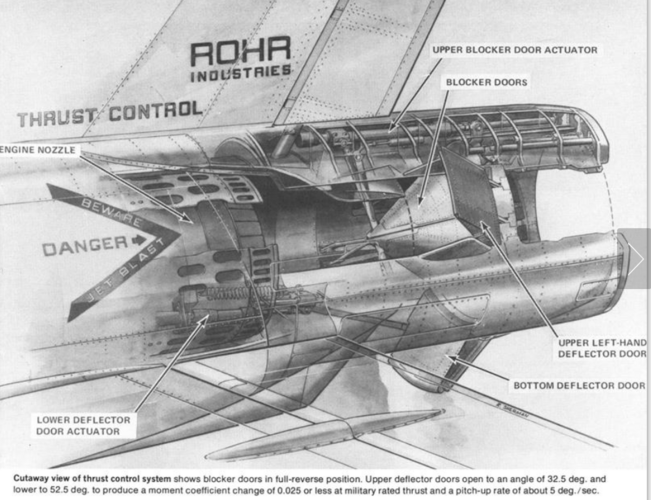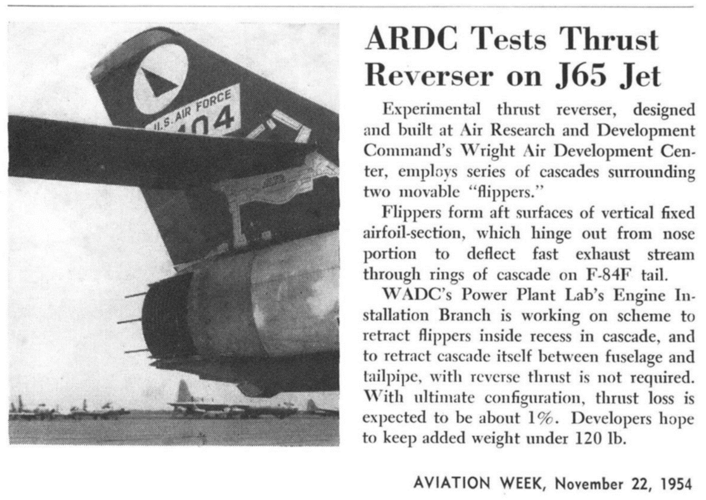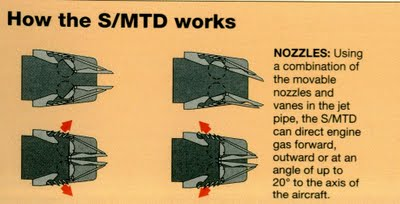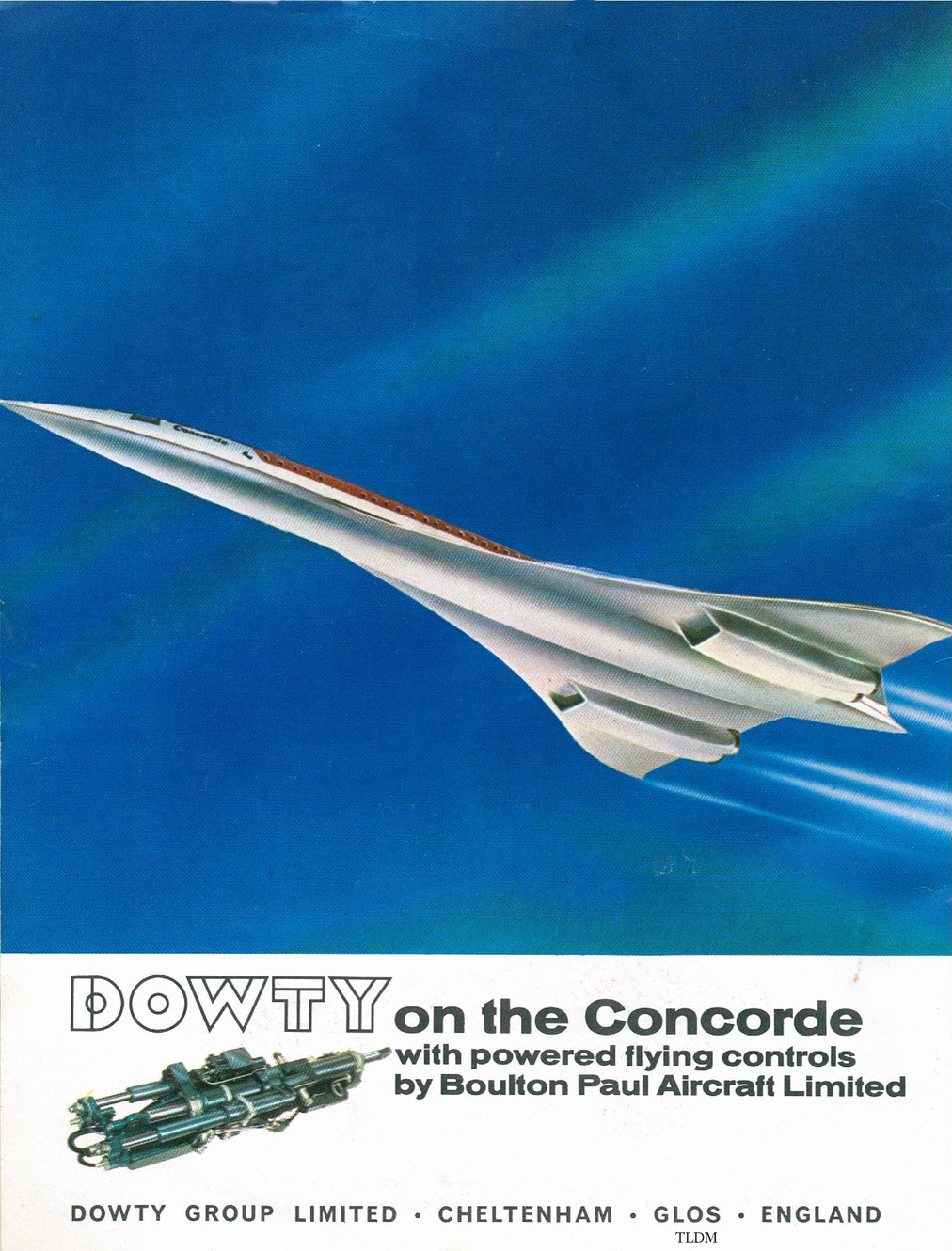Shocked

by how many folks immediately think about pointy nosed aircraft. The C-17 can and does use in flight reversing for their combat descents. Just to give you an idea, I was conducting a test on a new radar altimeter transmitter which required us to fly down the runway centerline at ED in 5,000 foot increments up to 35,000 feet AGL. We were downwind, midfield at 35,000 AGL and Skipper asked if I'd ever seen a combat descent. The reversers, spoilers gear and flaps came out, turned 5 mile final on east lake shore at least 10,000 AGL, started the round out about 1,000-1,500 touched on the numbers and stopped in less than 3,000 ft. Pretty impressive to look up through the eyebrow windows to see the runway, straight ahead was all Rogers dry lakebed. Closest I'll ever come to a Shuttle descent.

